Sir Richard Owen: The man who invented the dinosaur
- Published
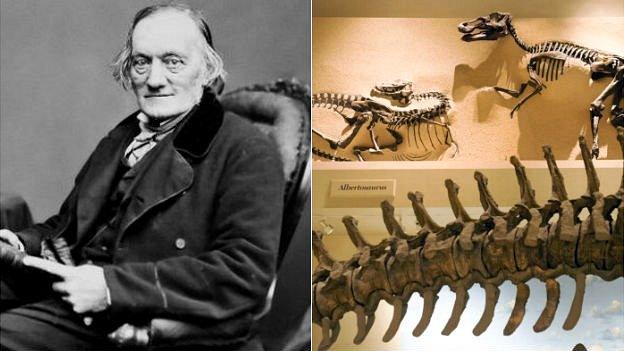
Sir Richard Owen was said to have a remarkable gift for interpreting fossils
The Victorian scientist who coined the word "dinosaur" has been honoured with a plaque at the school he attended as a child. But who was Sir Richard Owen?
Dinosaur fossils have been the subject of mystery, superstition and scholarly wonder for millennia, but the prehistoric reptiles did not receive their famous name until 1842.
Marvelling at the specimens being uncovered in southern England at the time, a young Owen recognised that the remains shared a number of distinctive features.
They were "terrible lizards", he said. A diverse family of awesome animals that deserved their own distinct taxonomic group - which he named Dinosauria.
The palaeontologist, who rose from a poor background in Lancashire to become something close to what we might consider a celebrity scientist today, went on to establish London's Natural History Museum in 1881.
There, the latest fascinating dinosaur fossils became famous around the globe, and the terracotta-walled institution remains at the forefront of research today.
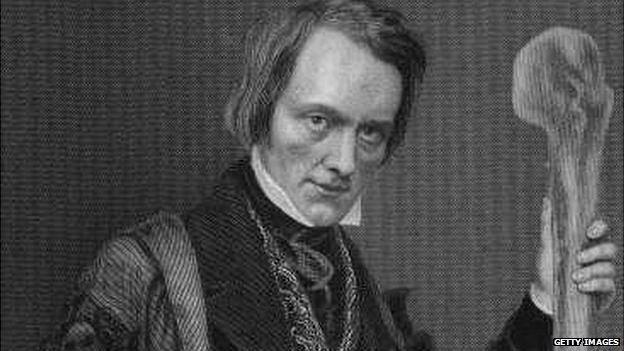
Owen was a controversial character and reportedly clashed with his contemporary, Charles Darwin

Owen founded the Natural History Museum, which opened in 1881
It was a grand achievement for a man once labelled "impudent" by teachers at Lancaster Royal Grammar School, which he attended from 1809 to 1819.
Current head teacher Dr Chris Pyle said: "There isn't a huge amount in the school archives about his time here.
"But what we do have is this quote, which it is claimed was from one of his schoolmasters, referring to him as 'impudent'.
"It seems he was extremely stubborn, knew exactly what he wanted, was incredibly clever, but not in any way a conformist."
Dr Pyle's description is not in any way at odds with how Owen would come to be known by his scientific contemporaries.
He developed a reputation for controversy, was accused of stealing other scientists' specimens and undermining people by writing anonymous reviews of their work, while supporting them in public.
Owen's contemporary and rival Gideon Mantell described him as "overpaid, over-praised and cursed with a jealous monopolising spirit".
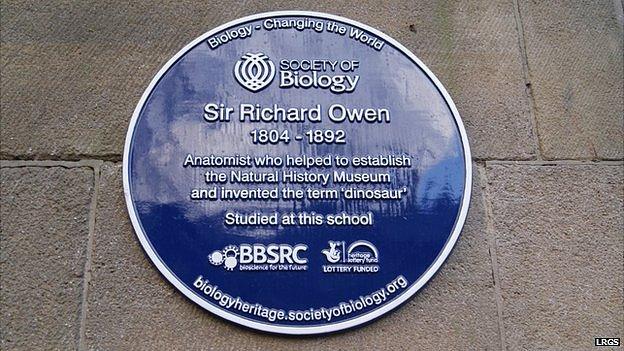
The Society of Biology has installed the plaque at Lancaster Royal Grammar School as part of a new series around the UK celebrating "eminent but sometimes unsung" heroes of biology
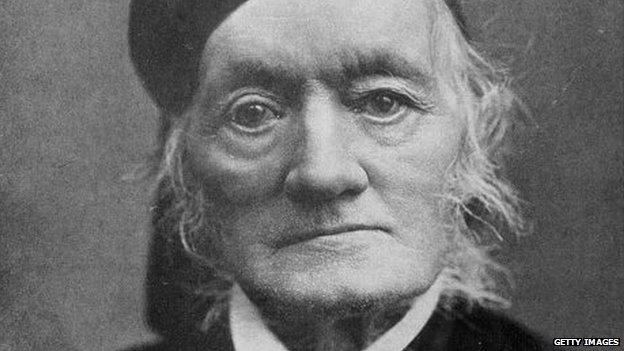
Owen has been described as "cantankerous"
He was also said to have clashed with another great Victorian scientist - Charles Darwin.
Owen agreed with Darwin that evolution occurred, but thought it was more complex than outlined in Darwin's On the Origin of Species.
Dr Pyle said: "We know he worked on some specimens recovered during Darwin's famous Beagle expedition.
"But Owen is cast as a person who was very suspicious of Darwin, and wanted the fame for himself.
"He seems to have written an anonymous article in which he praises his own work and tries to claim Darwin was not as great as he thought he was.
"There is a sense that Darwin has ended up as the goodie: a great thinker who discovered natural selection, while Owen is something of a baddie.
"In fact they were both great scientists to whom we owe a great deal."
Dr David Williams, a fossil and algae researcher at the Natural History Museum, said Owen's controversial reputation should not be allowed to cloud his scientific achievements, and many of the systems he put in place for researching the anatomy of species remain important today.
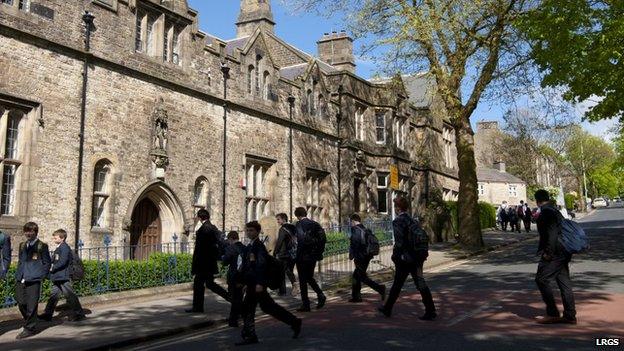
Lancaster Royal Grammar School, one of the oldest schools in England, has been in existence since 1235

The Natural History Museum remains at the forefront of research into dinosaurs
"The difference is Owen was grubbing around with old bones and now we use genome sequences. The principles are the same.
"Even before the theory of natural selection, people were talking about what makes a mammal a mammal and what makes an invertebrate an invertebrate. That was Owen's field."
Dr Williams described Owen as "cantankerous" but "extremely driven".
As well as his academic research, he was motivated by a desire to share the latest specimens and theories with the public - hence his work establishing the museum.
"He wanted people to be able to see and to study for themselves," Dr Williams said.
"Yes he was cantankerous, but more seems to be out there on his cantankerousness than his achievements.
"Ernest Hemingway or Pablo Picasso were complicated characters, but you have to consider their achievements separately."
The word dinosaur of course has its roots in the Greek for "terrible lizard", but Dr Williams said Owen would have meant the word "terrible" to be understood as "awesome" or "fearfully great".
He added: "Owen's aim was not just to describe these and many other wonderful creatures, but to find a home for them all so that the general public would be able to appreciate their majesty.
"After a lengthy campaign, in 1881 the doors finally opened in South Kensington where the Natural History Museum stands as a testament to his persistence and ingenuity."

'Unsung heroes' and their blue plaques
Nine other plaques being installed by the Society of Biology:
Marjory Stephenson Biochemist and microbiologist who was one of the first female Fellows of The Royal Society (Mitchams Agricultural Machinery Ltd, Cambridge)
Dolly the sheep First mammal to be successfully cloned from an adult cell, rather than an embryonic cell (Roslin Institute, Edinburgh)
Dame Honor Fell Biologist who pioneered the study of living cells and developed the organ culture method (Wychwood School, Oxford)
Sir Alan Hodgkin and Sir Andrew Huxley Scientists who jointly won the Nobel Prize in Physiology or Medicine (Marine Biological Association, Plymouth)
Fred Sanger Father of genomics who developed a technique to sequence DNA (252 Hills Road, Cambridge)
Dorothy Hodgkin X-ray crystallographer whose discoveries contributed to a better understanding of illnesses, including diabetes (John Leman Grammar School, Suffolk)
Patrick Steptoe, Robert Edwards and Jean Purdy Jointly developed IVF, leading to the world's first test-tube baby (Dr Kershaw's Hospice, Oldham)
JBS Haldane Scientist whose mathematical work on genetics and evolutionary biology was critical to acceptance of natural selection (Dragon School, Oxford)
Sir Anthony Carlisle Anatomist whose innovations included the analysis and publication of medical statistics (Chapel Gardens, Stillington)
Source: Society of Biology

- Published29 January 2015
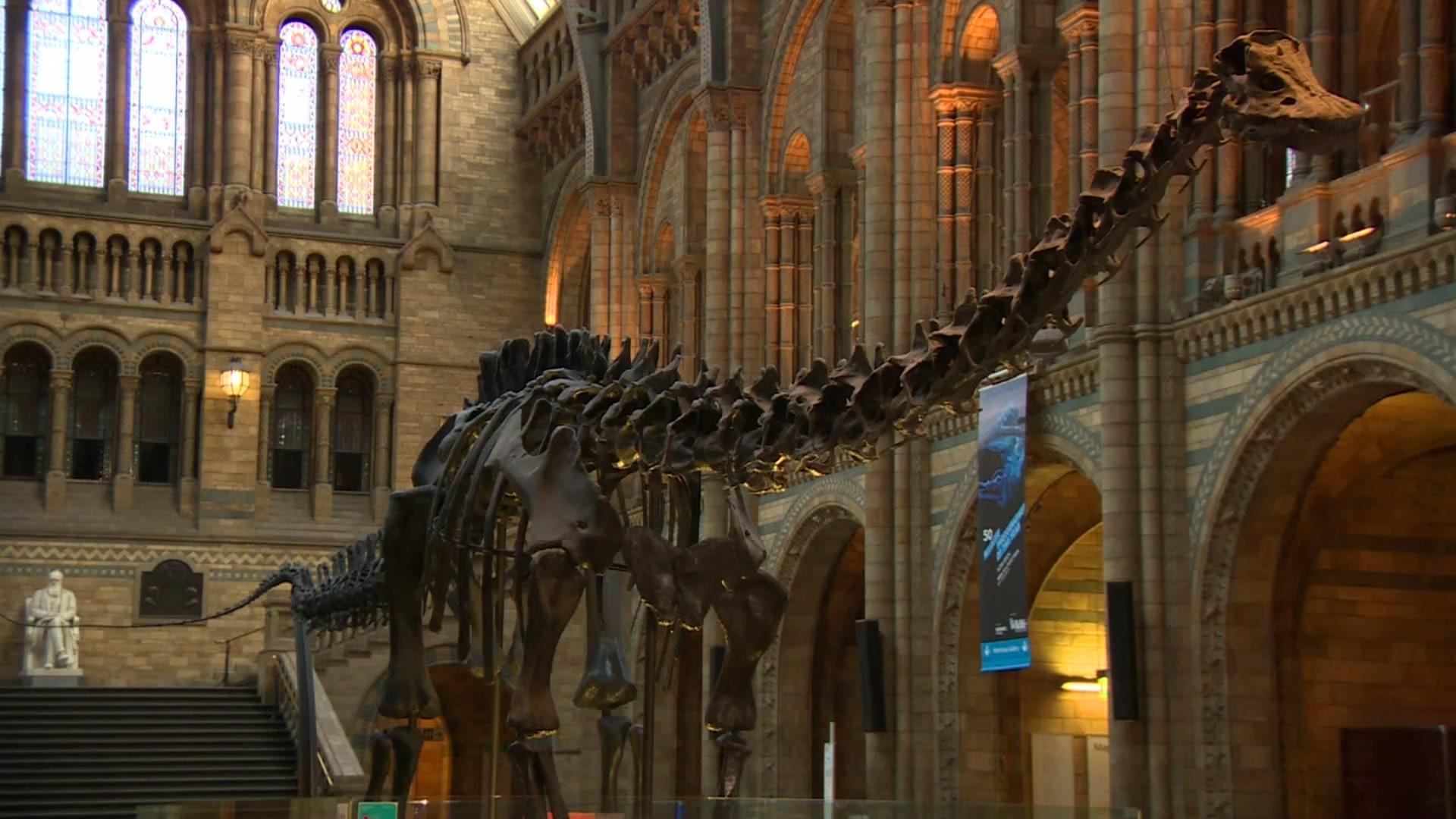
- Published8 May 2014
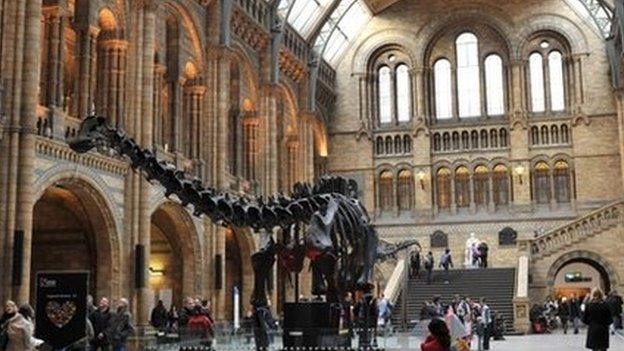
- Published26 February 2015
